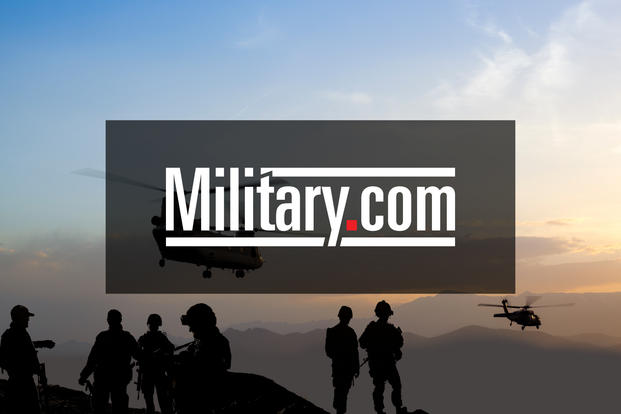When a rogue civilian airliner took off from Seattle-Tacoma International Airport last Friday, the military responded with a multifaceted, coordinated effort between two F-15 Eagle pilots, said officials at North American Aerospace Defense Command and the Defense Department.
But days after the incident, it remains unclear why military officials and the F-15 pilots agreed not to shoot down the aircraft, given concerns the pilot might deliberately crash it into a populated area.
"We cannot speculate the various considerations and decision-making processes that led to the decision to not shoot, but can confirm that they did not," Air Force Capt. Cameron Hillier, a NORAD spokesman, told Military.com on Wednesday. "While the fighters are armed during intercept missions as part of Operation Noble Eagle, the F-15 has a wide range of response options available, depending on the circumstances. They could shadow, intercept, escort or provide aid as required."
Hillier said officials at NORAD, the Air Force's air operations center, and officials "at many levels," including the Office of the Secretary of Defense, monitored the situation as it unfolded Friday evening.
"Through it all, there was a call not to take the shot," he said. An after-action report is in the works but will not be made public as it is classified, he added.
A Horizon Air employee, later identified as ground service agent Richard Russell, stole the empty aircraft Friday evening, flying it south of Seattle just before crashing into Ketron Island in the Puget Sound, roughly 35 miles south of the airport. Russell, 29, died in the crash.
Two F-15Cs from the Oregon Air National Guard's 142nd Fighter Wing launched in response to the stolen Bombardier Q400 turboprop aircraft, which belonged to Alaska Airlines. The Q400 can seat 76 passengers and four crew at full capacity.
Related content:
- This Command Center Keeps Air Traffic Away from Mar-a-Lago
- F-15s Scrambled After Sea-Tac Airline Worker Takes Plane; Spree Ends in Crash
- From a Small Center in Florida, Airmen Help Rescue Civilians
The fighters "were directed to fly supersonic to expedite the intercept," NORAD said in a statement following the incident. The pilots attempted to redirect the aircraft over the Pacific Ocean, it added.
The F-15C can carry a mix of AIM-9L/M Sidewinder short-range air-to-air missiles and AIM-120 advanced medium-range air-to-air missiles. It also has one internally mounted 20mm Gatling gun in the right-wing root, according to the Air Force.
The ideal resolution would have been for Russell to land the Q400 at a remote location, Hillier said. "Effort one was to get him on the ground, but the pilot gets a vote in that."
An air traffic controller tried to convince Russell to land at nearby Joint Base Lewis-McChord, according to audio recordings that surfaced on social media. However, he continued flying and performing aerial acrobatics before ultimately crashing.
NORAD said that while the situation at Sea-Tac was "unique," it is tasked with monitoring many intercepts every year as part of Operation Noble Eagle, the operation name for all air sovereignty and defense missions in North America.
"NORAD has conducted more than 1,800 intercepts of non-military aircraft since September 11, 2001," Hillier said. "While the majority of intercepts are conducted in the United States, NORAD focuses on the defense of both the U.S. and Canada and draws on forces from both countries as mission requirements dictate."
-- Oriana Pawlyk can be reached at oriana.pawlyk@military.com. Follow her on Twitter at @Oriana0214












